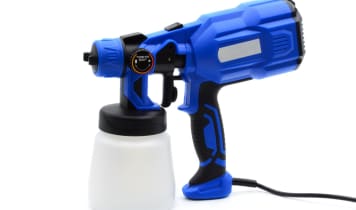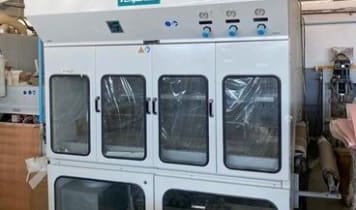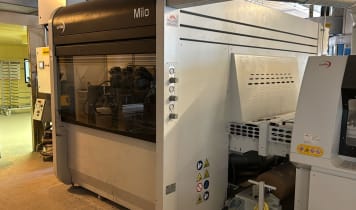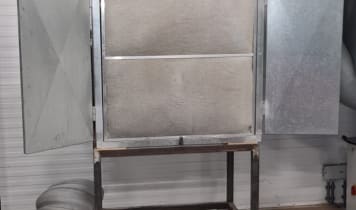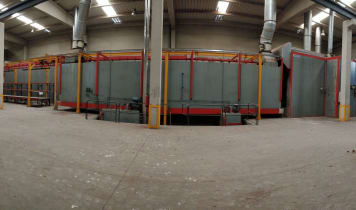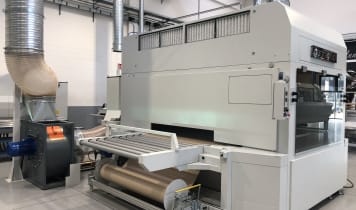Specialised machines which regulate air volume and pressure are also a popular choice. HVLP machines are similar to air guns in the delivery of the substance, but use a higher volume of compressed air at a lower pressure setting to atomise and propel the particles. Though a regulator is often required in order to lower the pressure from the air compressor, HVLP machines offer high levels of accuracy in coverage with minimal overspray, thereby keeping waste to a minimum. The lack of overspray also results in a reduced amount of air pollution in the area directly surrounding the workpiece. LVLP machines operate in a similar manner, but instead use a low volume of air at a low pressure. This vastly increases transfer efficiency and also requires far less compressed air, making it an economically friendly option for many businesses.
Other popular spray application options include electrostatic spray technology. Individual substance particles are given an individual electric charge which causes them to repel each other when leaving the spray nozzle. In order for the substance particles to stick, the workpiece is given either an opposite charge or is grounded. Electrostatic spraying results in a uniform, even coverage and significantly reduces the amount of paint lost to overspray. Airless spray guns are often used to paint
industrial machinery. This method connects the spray gun to a high pressure pump, which administers a thick, even coating of paint that penetrates crevices and hard to reach areas more effectively than conventional spray equipment.











